
Silicon Valley Bank Collapse: What you need to do now

The collapse of Silicon Valley Bank can provide opportunities. But don’t just listen to the media, learn to make good risk managed decisions.
A week ago, Silicon Valley Bank’s shares were halted.
There had been a run on the bank. Pundits are saying that the Silicon Valley Bank collapse is akin to the Bear Stearns’ collapse during the 2007-2008 financial crisis.
Back then, Bear Stearns was the first bank to go under. Lehman Brother followed.
The media is having a field day.
Everyone has an opinion. Some say this is the end of the US economy or the dollar, and that the Chinese RMB may become the next reserve currency.
Others say this confirms the recession. Yet others say that this may be the death blow to the Chinese economy as it tries to climb out of years of lockdowns.
The analysis is confusing, and the advice, no less confusing.
Some say to hold cash, others say to take your money out of the banks, or to buy gold or cryptocurrencies.
Our students would have heard me say time and time again – ignore the media – none of them has your interests at heart. The media doesn’t exist to inform us, they exist to maximize value for their shareholders!
So what should we do in light of the “banking crisis” triggered by Silicon Valley Bank?
First and foremost, we need to understand that crises are typically blown out of proportion by the media.
The 2007-2008 crisis certainly impacted the lives of many. Many lost their homes, and that’s a terrible thing, and I feel for them. I’d certainly agree it was a housing crisis, brought about by a housing bubble, and greed pouring into that.
But because banks were failing, it was painted as the end of the economy as we know it. Some went as far as to say the world was going to descend into anarchy as the modern world, built on the current economic model failed because the banks were failing!
And while banks failed, the largest banks that were deemed “too big to fail”, namely JPMorgan Chase, Goldman Sachs, Bank of America, and Morgan Stanley, were bailed out.
And at the end of the day not a single American depositor lost a penny to a bank failure.
Now, I’m not suggesting we should just be complacent and do nothing, but by the time this news hits, it’s often too late to do anything.
The likes of Peter Theil and his Founders Fund would have acted and withdrawn their funds.
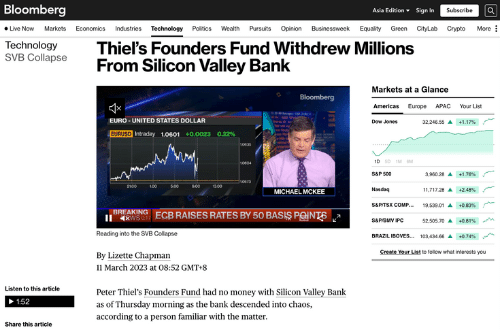

Always prepare never predict.
Again, our students would have heard me say that we must always be prepared, with our risk management in place. Being prepared means we’ve made Good Decisions – and Good Decisions are risk managed decisions, where probability managed reward outweighs the probability managed risk both by absolutes (True Upside) or by certain a factor (ARR Factor). We call this the Purpostry Decision Toolkit.
By applying this, you, like our students, would have been well positioned to keep making money consistently through this crisis, and continue making money in the wake of it.
And this framework isn’t difficult to apply, Mark Tay, one of our students from Singapore says, “… I didn’t have a product or that great idea. What Purpostry had shown me was that I didn’t need to create anything to achieve multiple streams of passive income. All I had to do was just put the Purpostry (Decision) toolkit to use and I created a passive income stream. I just had to learn how to apply the Purpostry techniques…”. (Video Link)
In fact, when we manage risk and reward well using the Purpostry Decision Toolkit, events like this are great opportunities to make money.
Will the Silicon Valley Bank collapse provide opportunities?
Well, many seem to think so. The pundits who said to buy gold or crypto, or hold cash or get out of the USD all obviously think so too.
And history shows us that’s the case.
Famed investor Warren Buffett purchased great assets when prices were way below value.
Yet another investor Carl Icahn bought casino properties again when prices were below value.
Hedge fund manager John Paulson made money both ways, when the housing market bubble burst, and when it recovered after bottoming.
They all bought great assets, at prices below their value, and that’s one of the keys to managing risk. The key is to know that they are great assets, and are at a price below their value.
Don’t blindly listen to the media telling you to buy gold or crypto or hold cash or not. You need to assess if they’re good assets at a good value.
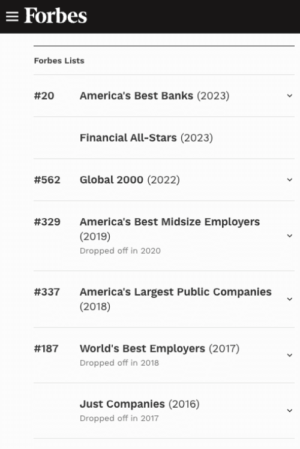
To give you a perspective, Silicon Valley Bank was on both America’s Best Banks (2023) and Forbes Financial All Stars lists! One could easily have thought it would be a great asset. And with prices falling just before its collapse, it would have been easy to mistake it for being at a price that was below its value.
But investing in SVB would have been a disaster!
Save Yourself From Investing In The Likes Of Silicon Valley Bank By Learning The Purpostry Decision Toolkit
Knowing if a decision is a Good Decision or not doesn’t need to be difficult.
Knowing if an asset is a good asset or not, and if it’s at a good price or not, doesn’t need to be complicated.
Afterall, one of the core principles that drives us is to show the world that mastery isn’t required or even desired when creating multiple income streams.









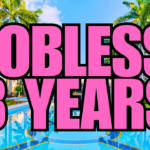

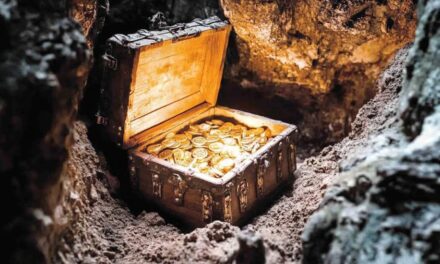
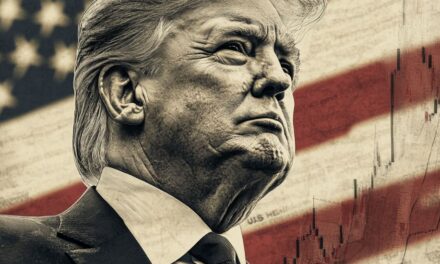




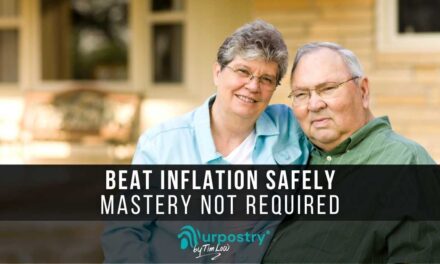






Recent Comments